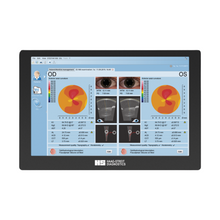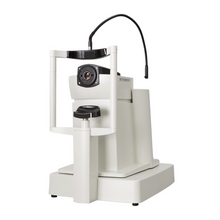TECHNOLOGIES
- Products
- Diagnostic/Imaging
- Batteries
- Bulbs
- Charts, Reading Cards & Testing
- Contact Lens Accessories
- Cross Cylinders
- Dust Covers
- Exophthalmometers
- Eye Patches & Occluders
- Fixation Devices
- Office Disinfection & PPE
- Optical Dispensing Supplies
- Paper
- Patient Education
- Pharmaceuticals
- Post-Op & Post-Mydriatic Specs
- Prisms & Bars
- Reference Guides
- Retinoscopy Aids & Racks
- Sphygmomanometers
- Stethoscopes
- Surgical Instruments
- Ultrasound Immersion Shells
- Vision Training Supplies











